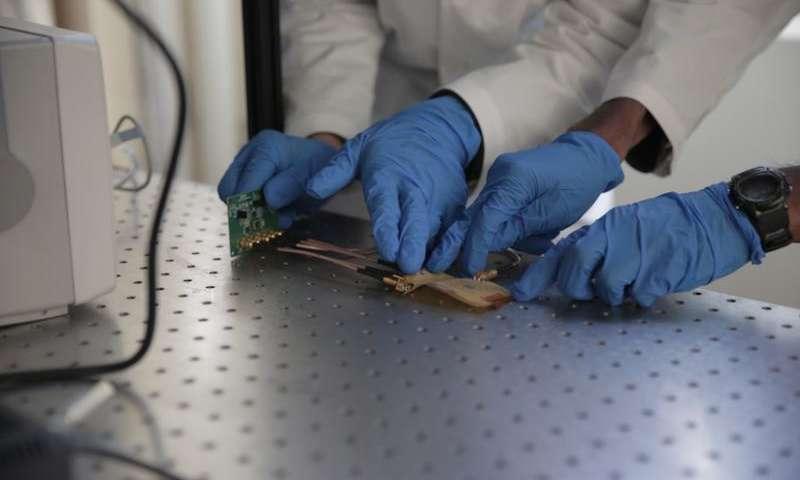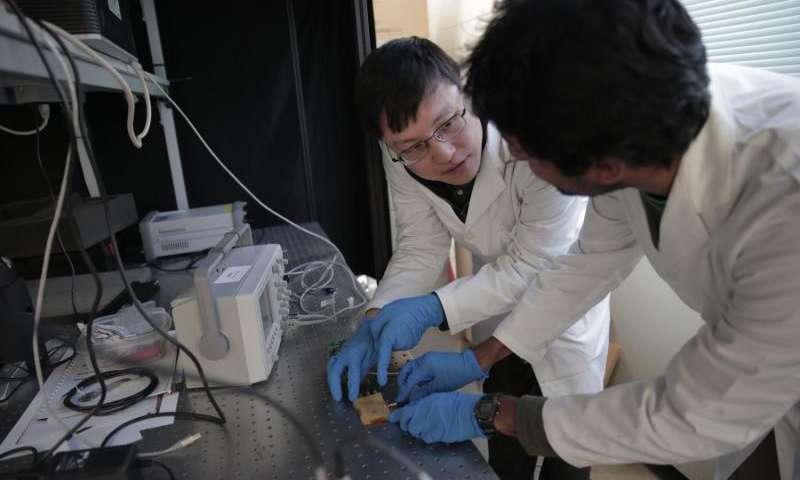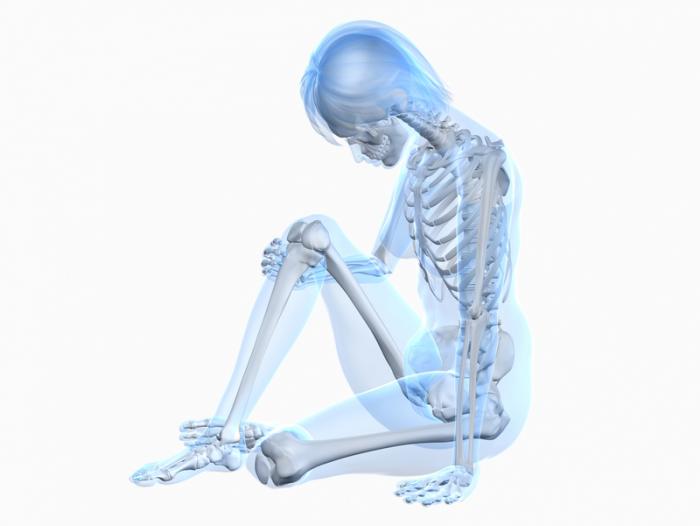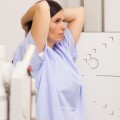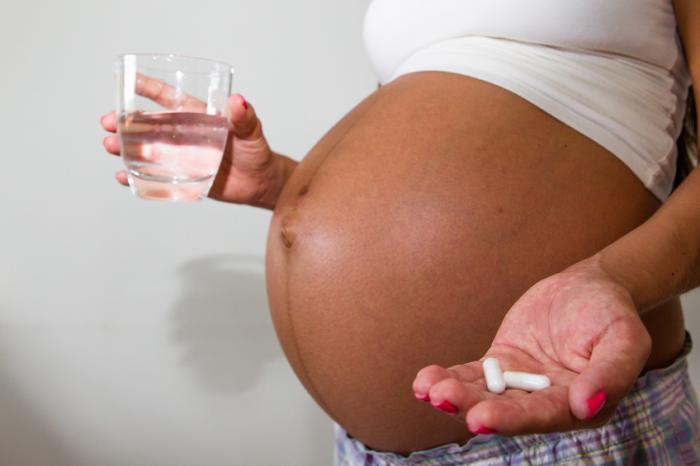Clinical breast examinations can save women’s lives, but, as doctors-in-training, new residents sometimes aren’t thorough or experienced enough to detect potentially cancerous abnormalities.
Now, future physicians could learn to give high-quality breast exams with help from high-tech sensors developed by University of Wisconsin-Madison engineers.
“This whole project is about facilitating the training of residents,” says Hongrui Jiang, Lynn H. Matthias Professor in Engineering and Vilas Distinguished Achievement Professor in electrical and computer engineering.
The project is working toward creating small fingertip sensors that can measure the pressure and hand motions used by physicians when probing for lumps. New residents will be able to compare their own exams against standards established from experienced doctors, and obtain feedback on whether or not they are being sufficiently thorough.
Experienced clinicians long have been looking for an effective tool to establish standards for high-quality breast exams. Dr. Carla Pugh, the Susan Behrens, MD Professor of Surgical Education and a professor of industrial and systems engineering at UW-Madison, has attempted for years to create such a device, but the available sensing technology simply couldn’t capture all of the subtle motions necessary for performing a comprehensive breast examination.
“They were using commercial products—but the sensors were not very good,” says Jiang. “Commercial sensors have serious limitations.”
While some of the existing devices could quantify direct pressure reasonably well, nothing existed that could also measure the side-to-side and circular motion that real-world clinical procedures entail. So Pugh approached Jiang for help.
“It was very hard; we couldn’t figure out a nice way to handle the problem until a year ago, when we had an ‘aha’ moment,” says Jiang.
Jiang and his student, Jayer Fernandez, realized that one traditional capacitive sensor alone couldn’t possibly measure all of the necessary parameters. Instead, they fashioned a device that integrates information from four overlapping components to quantify pressure and shear from all three dimensions.
That novel approach earned Fernandez top honors at the Institute of Electrical and Electronics Engineers’ prestigious Sensors Conference in fall 2016. Fernandez gave a brief, informal presentation to a panel of experts, who were impressed by the capabilities of the device.
“I’ve never done an elevator pitch before, but it went well. People asked me a lot of interesting questions. I described why our sensor is more sensitive to the force range that we’re looking at and gives us a nice way to do the readout in different directions,” says Fernandez.
Currently the researchers are working to further miniaturize the sensor, and to combine data from multiple devices at once. They will continue to collaborate with Pugh and other clinicians to develop the most useful device for working doctors.
“There’s a real need to improve physician training,” says Jiang. “We didn’t realize there was such a clinical need. It’s a very challenging problem, but very interesting and very significant.”
